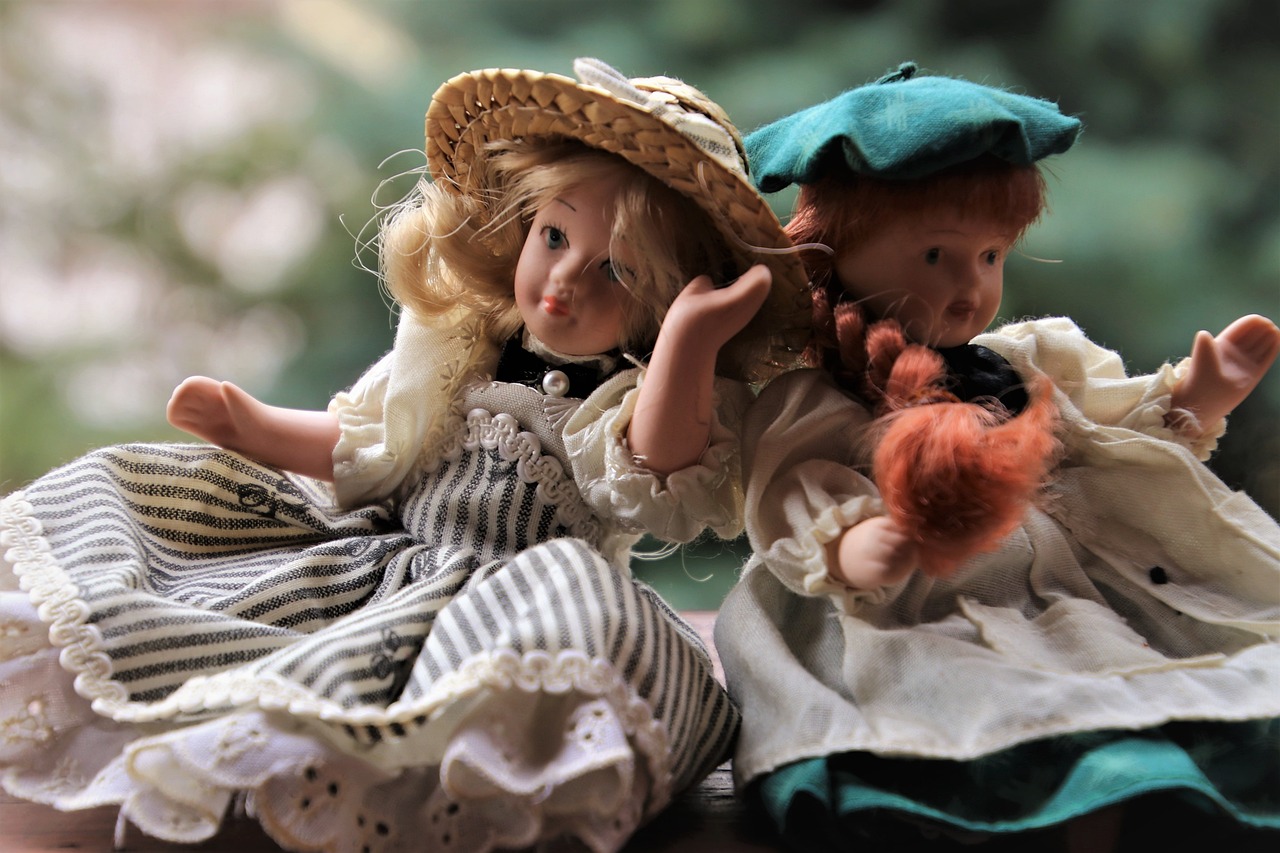Loki, a prominent figure in Norse mythology, often oscillates between assisting gods and acting maliciously towards them. His parentage traces back to Fárbauti, a jötunn, and Laufey, often regarded as a goddess. Loki’s siblings include Helblindi and Býleistr, and he is wed to Sigyn, with whom he shares a son, Narfi (or Nari). His relationships extend to the jötunn Angrboða, from whom he fathers several notable beings: Hel, the great wolf Fenrir, and Jörmungandr, the world serpent. In an extraordinary narrative, he becomes pregnant as a mare and gives birth to the eight-legged horse Sleipnir, further complicating his lineage. While Prose Edda claims Loki is the father of Váli, it is also noted that Odin is sometimes referred to as Váli’s father.
As a shape-shifter, Loki can transform into different forms, such as a salmon, a mare, and possibly an old woman named Þökk, demonstrating his trickster nature. While he initially has amicable relations with the gods, this changes after orchestrating the death of Baldr. Following Baldr’s demise, Loki is bound by Váli with the entrails of one of his sons, and Skaði places a serpent above him, which drips venom onto Loki, causing him excruciating pain and resulting in earthquakes. The prophesied events of Ragnarök foretold Loki’s eventual escape from his bindings, leading him to engage in battle against the gods, where he meets Heimdallr, and both perish in the ensuing conflict.
Loki’s mythos is documented across various sources, including the Poetic Edda, Prose Edda, and Heimskringla, and he appears in runic inscriptions, poetry, and folklore. His character has often been analyzed, with many viewing him as a trickster god due to his dualistic nature.
Etymology and Alternative Names
The name “Loki” has piqued scholars’ interest, with various theories regarding its origins. Some suggest a connection to the Old Norse word meaning ‘flame,’ though this is disputed. Scandinavian variations of Loki’s name (e.g., Loke, Lokki) might derive from the Germanic root indicating ‘loops’ or ‘knots.’ This etymological path aligns with Loki’s prolific inventiveness, possibly connecting to his role as a creator of nets. Additionally, in the poetic traditions, he is sometimes referred to as Loptr, linking him to the air, which adds another layer to his complex identity.
Mythological Attestations
Loki’s presence is felt through several poems within the Poetic Edda. Noteworthy mentions include:
- Völuspá: A prophecy revealing Loki’s role alongside gods and his connection to significant events, including Ragnarök.
- Lokasenna: This poem focuses on a conflict initiated by Loki at a feast, showcasing his sharp tongue and contentious demeanor as he insults other deities.
In these narratives, Loki often finds himself at odds with other gods due to his provocations, leading to confrontations with figures such as Thor and Bragi, as well as fascinating stories surrounding trickery, disguise, and transformation. His interactions with the other gods reveal a deeper complexity, one that oscillates between camaraderie and enmity.
Modern Impacts
Loki’s multifaceted nature has allowed him to endure in contemporary culture, appearing in various forms of media, from literature to films, where he is frequently portrayed as an antihero or villain. Works like Marvel Comics paint him as a charming yet duplicitous entity, reflecting his original characterization in Norse lore. The trickster archetype, as exhibited in Loki, continues to capture the imagination, making him a subject of interest for scholars and creatives alike.
Thus, Loki emerges as not just a god of mischief and chaos, but as an enduring figure representing complexities of both divinity and human nature, capable of causing great strife yet also invoking curiosity and fascination.



